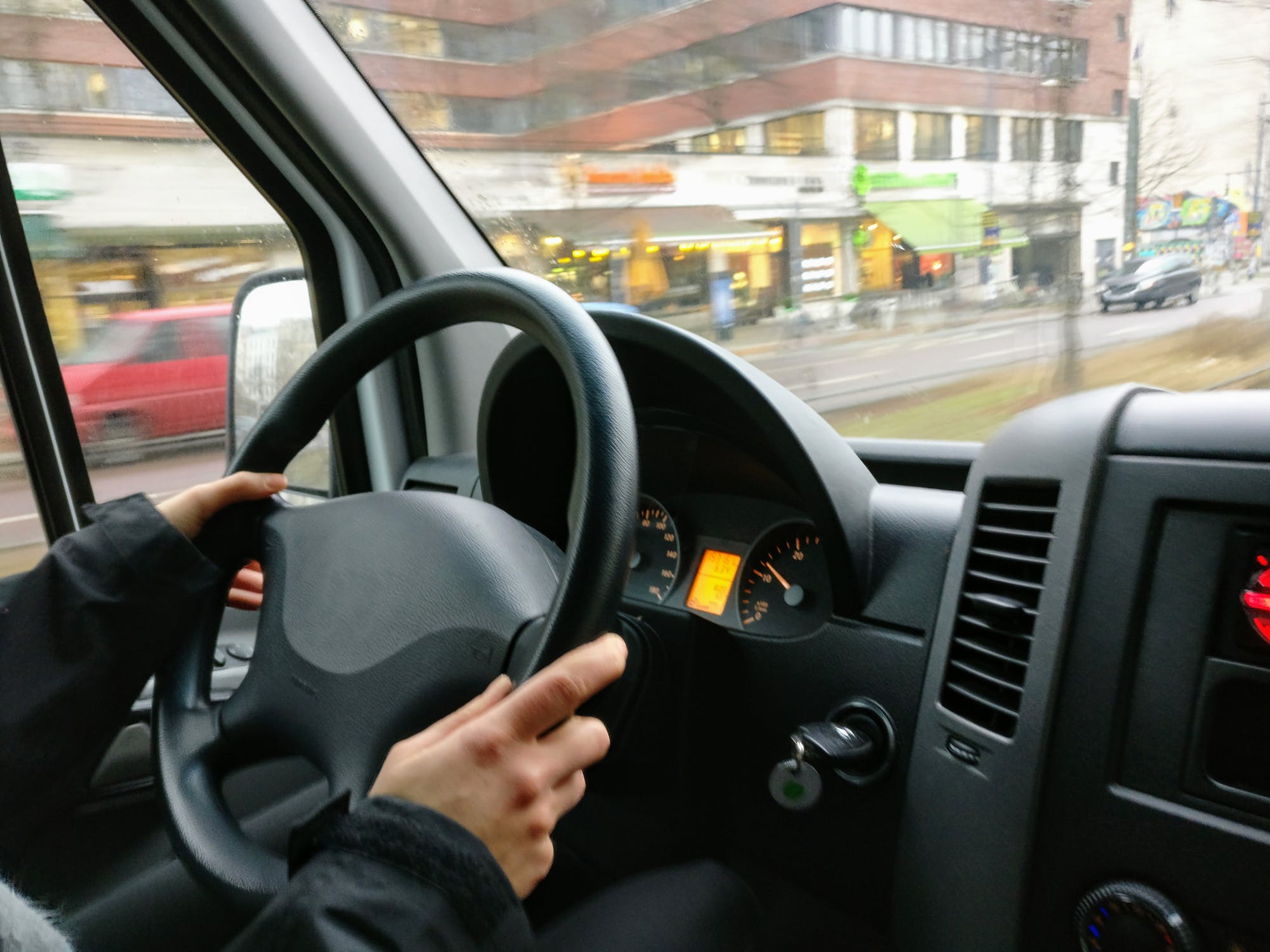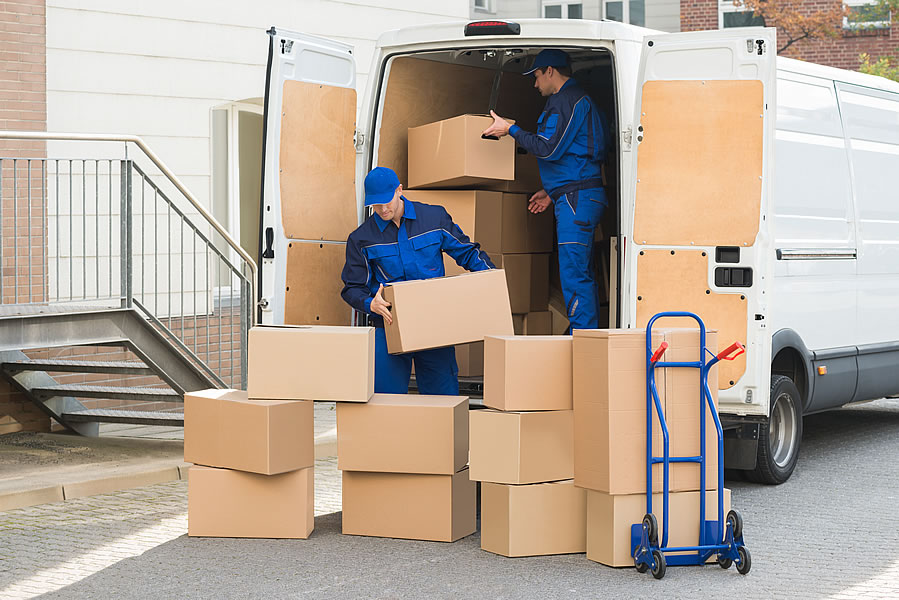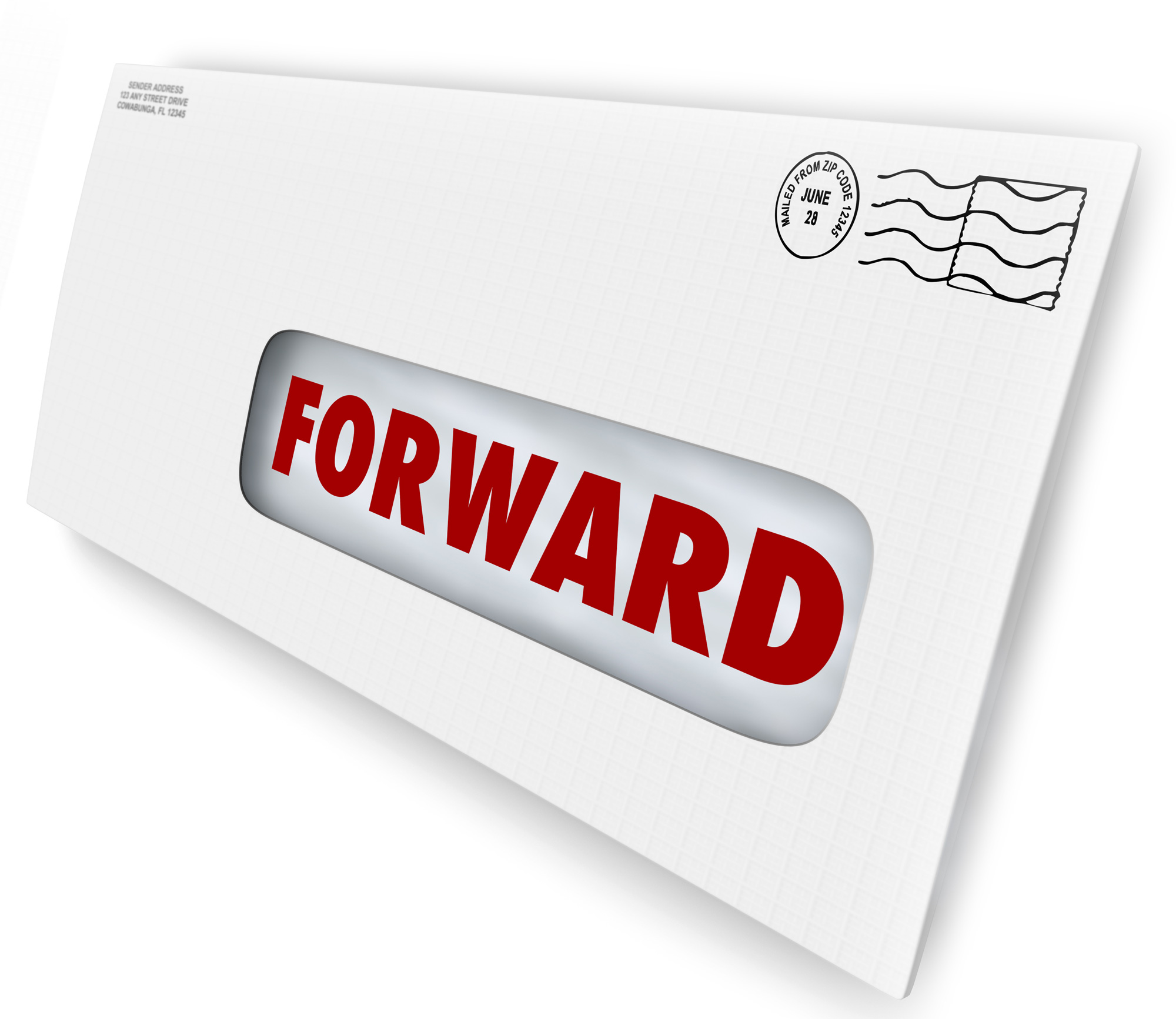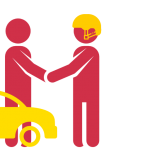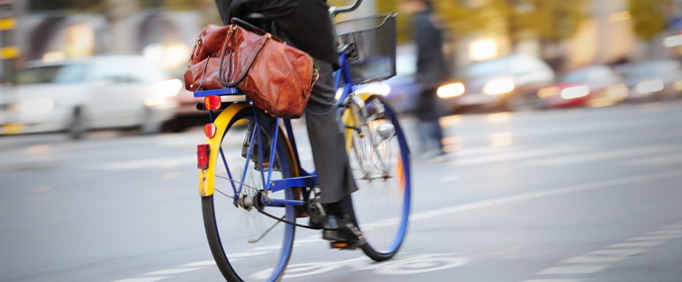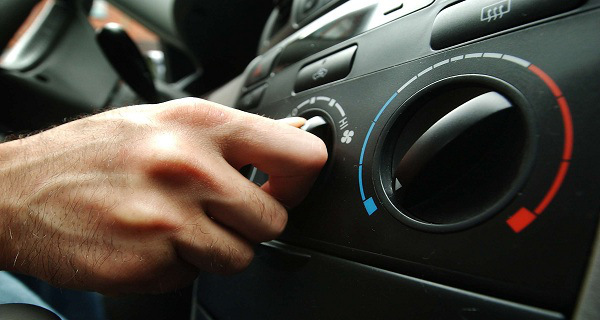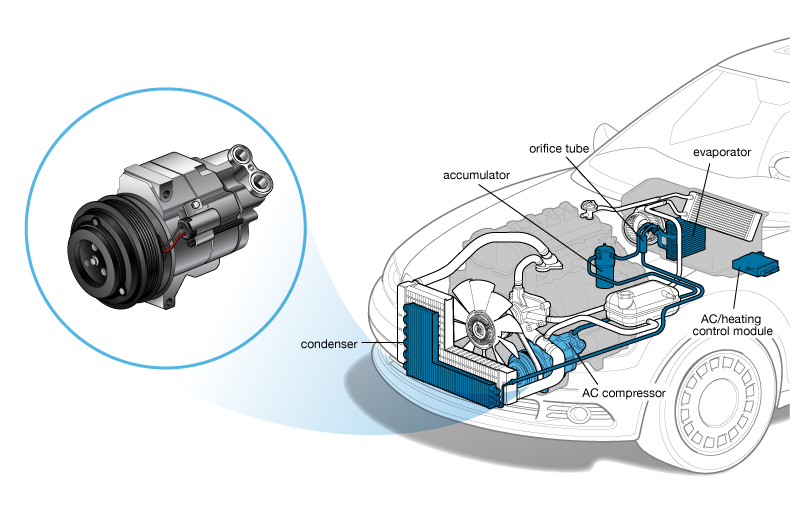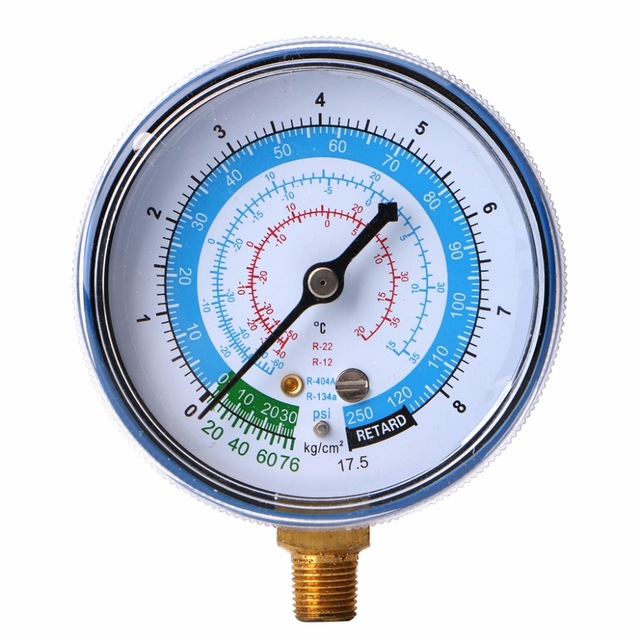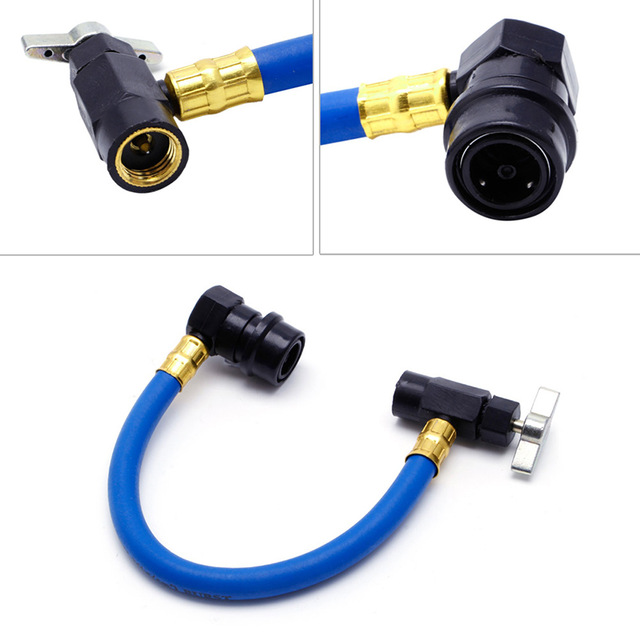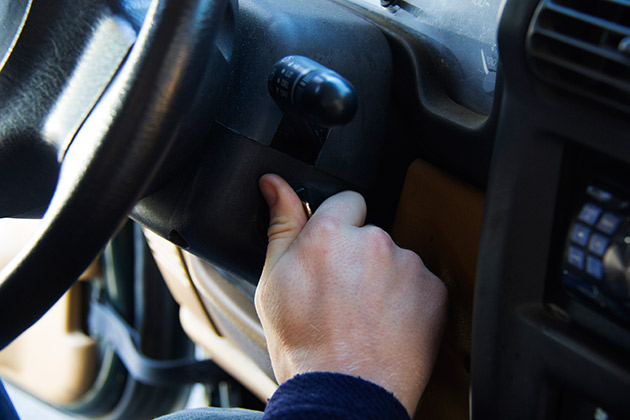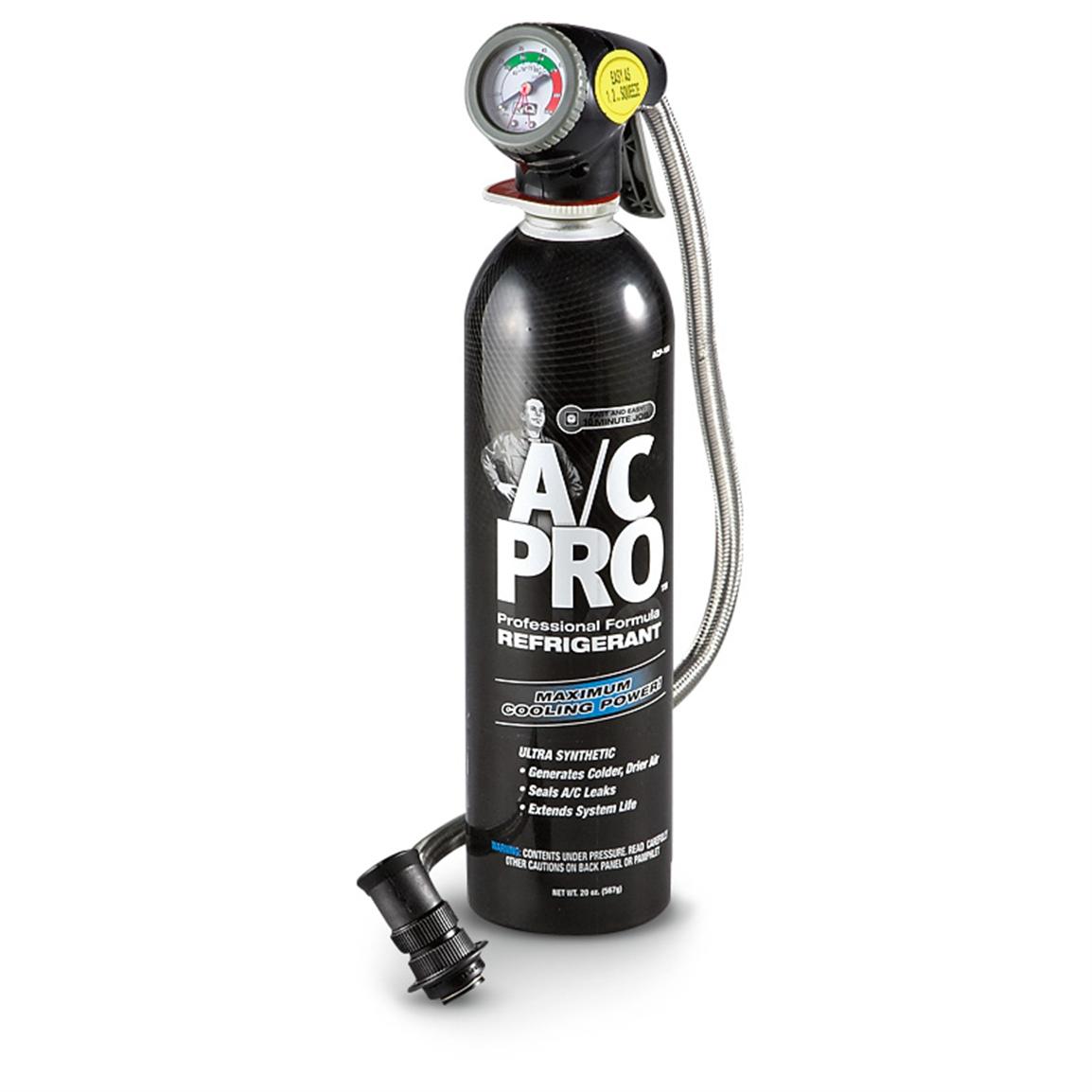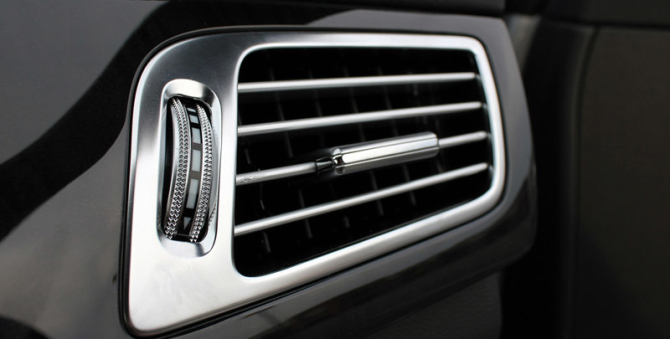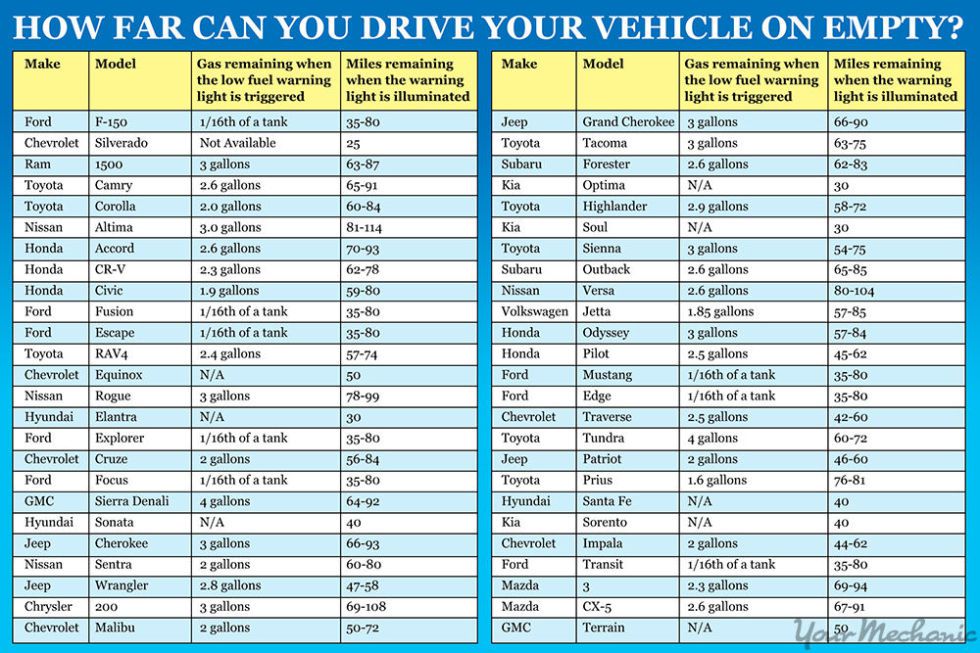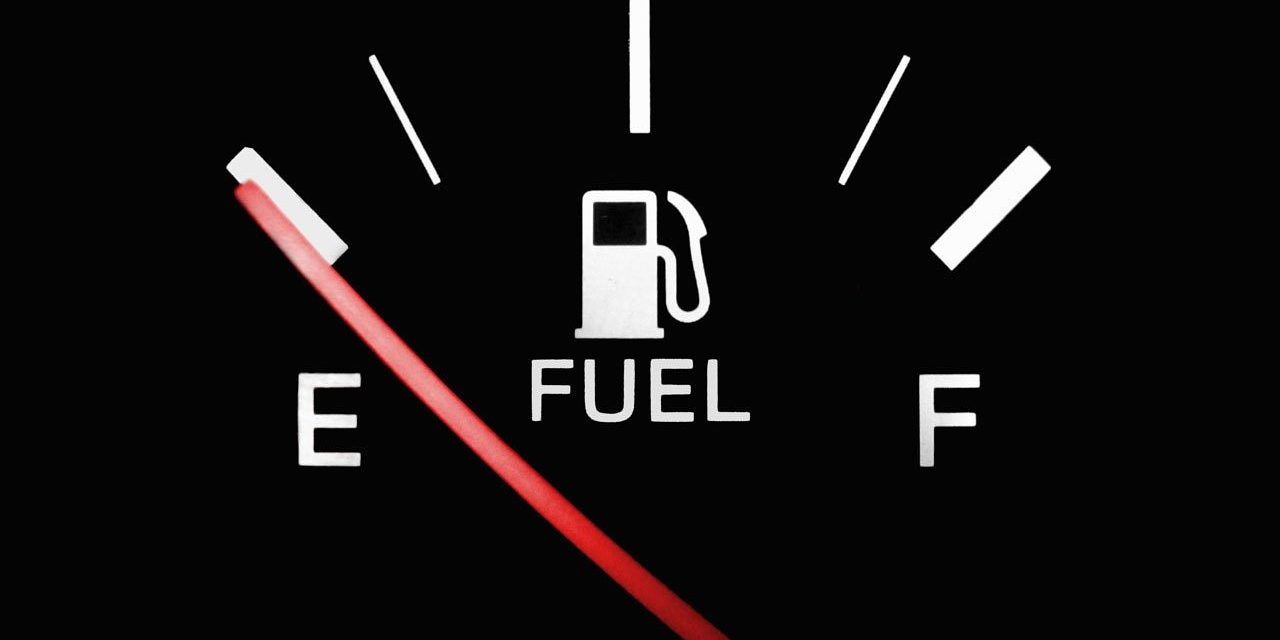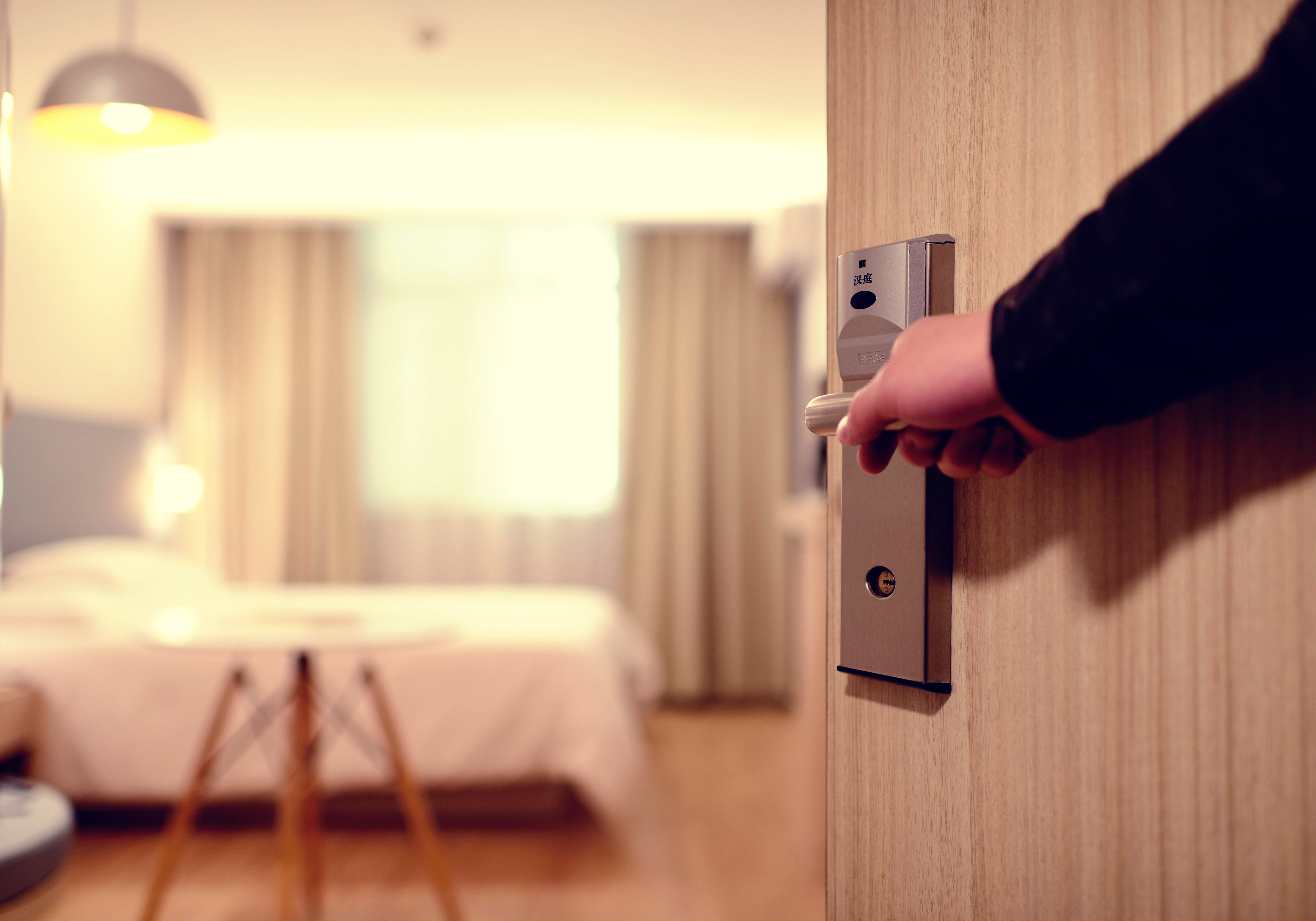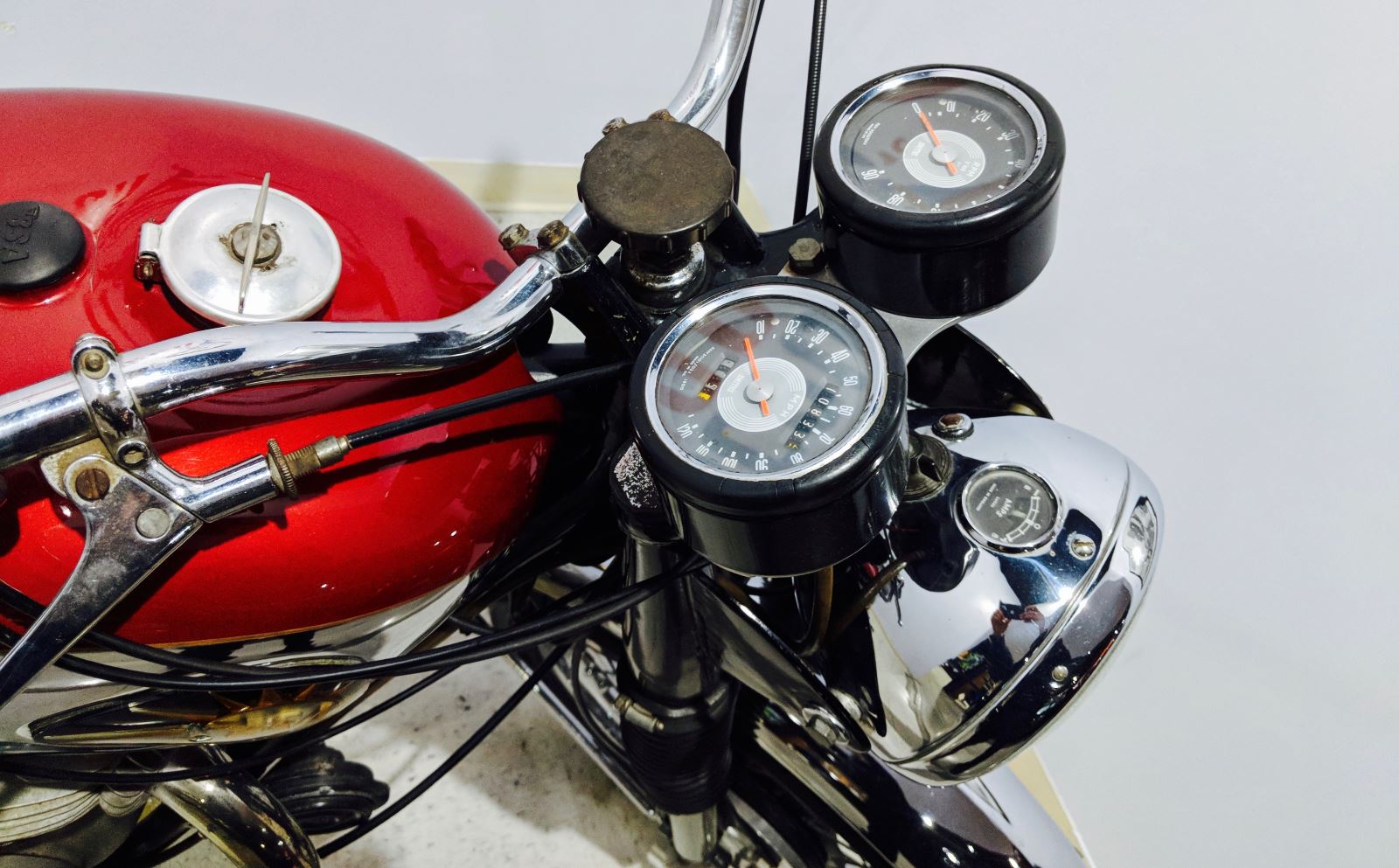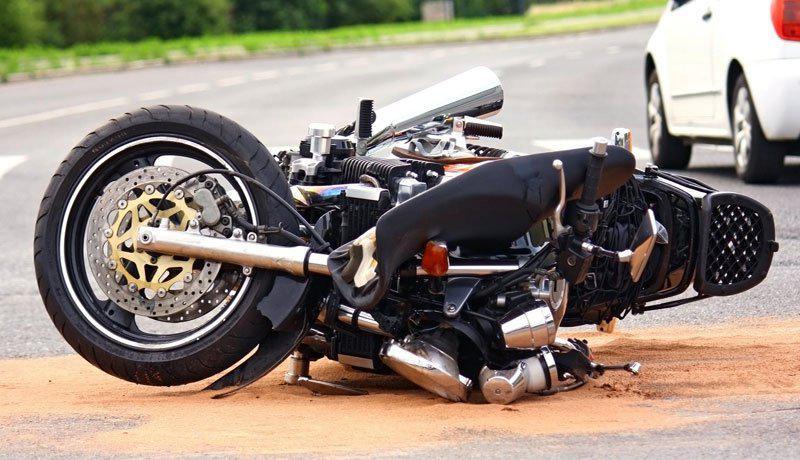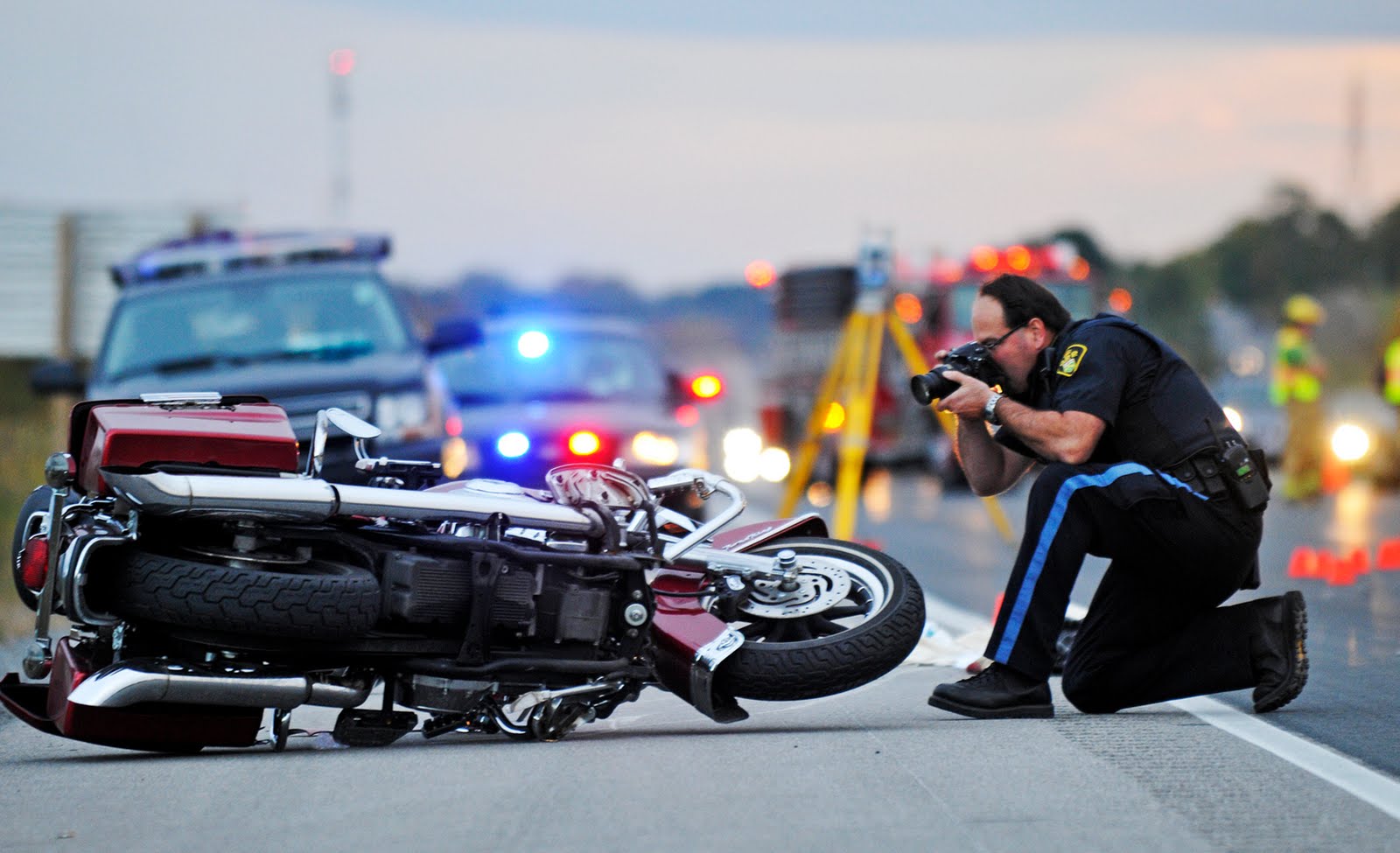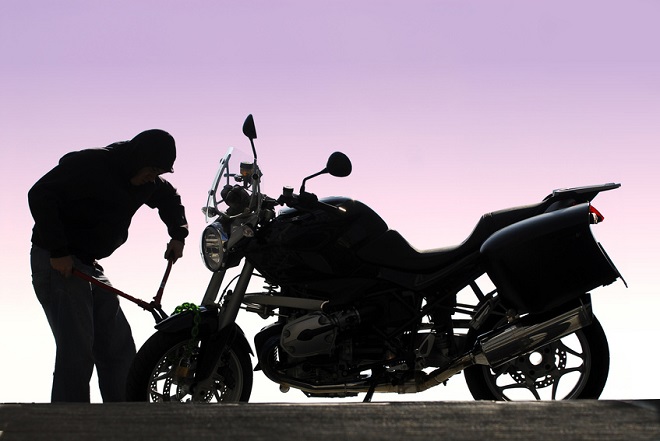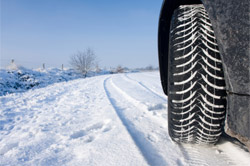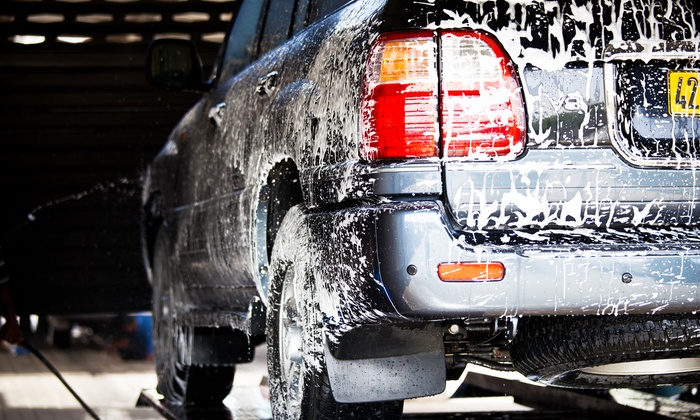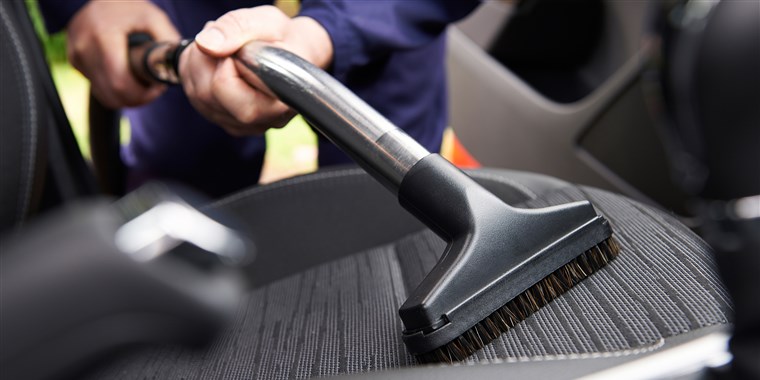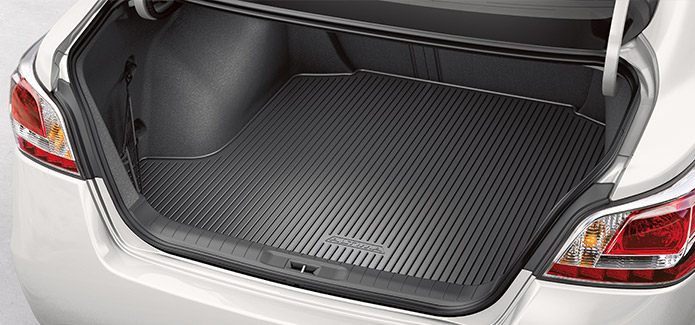These days, it seems like everything is getting more and more expensive; cars included. Due to rising vehicle costs, insurance rates often follow suit. And while it doesn’t seem like this trend will end soon, there are many different things you can do to help lower your rates and help you save.
Compare Costs Before Purchasing your Vehicle
Before you buy that shiny, new 2018 model, look into insurance costs. Premiums are partially based on your vehicle’s price, how much it costs to repair or replace it, and safety. For example, did you know that vehicles with high crash test scores ~usually~ get lower rates? Be sure to consider all these elements when it comes to deciding which vehicle to get. However, if you do go for that newer model, know that your insurance costs might land on the higher side.
Shop Around (We can help with that!)
Once you’ve found the perfect vehicle, it’s time to shop around and find the right company. This can be a little intimidating, especially if you’re not familiar with fancy insurance terminology. Luckily, there are companies that can do all the work for you. At Amigo Insurance, for example, our specialized agents can help you find the right policy for the right price. All you have to do is Call Us, Quote Online, or Visit an Office to get a personalized search.
Maintain a Good Credit Score
Maintaining a good credit score should be a no-brainer. Not only does a good credit score affect credit applications, but insurers often use this information when pricing your auto policy. To maintain a good score, be sure to pay your bills on time, keep your credit balances low, and don’t take out any more than you absolutely need.
Purchase your Homeowners and Car Insurance from the Same Company
In some instances, insurers may cut you some slack if you buy more than one policy with them. Similarly, if you insure two or more vehicles with the same company, you may also see a reduction. Be sure to ask your agent about this to confirm it can be applied to your case.
Opt for Higher Deductibles
Deductibles are the amount you have to pay before an insurance policy kicks in. When purchasing your insurance, you can always ask for a higher deductible in order to save down the line. As Investopedia puts it, “the lower the deductible, the higher your annual premium. Conversely, the higher the deductible, the lower the premium”. Ask your agent about this option and see if this is something you could benefit from doing.
Get those Discounts!
Oftentimes companies can offer discounts to policyholders who haven’t been in an accident or have had a violation in a certain number of years. In addition, by taking a defensive driving course, insurers can also offer a discount – but if your reason for taking a course is solely for that discount, make sure to ask your agent/company if this is something that’s available.
